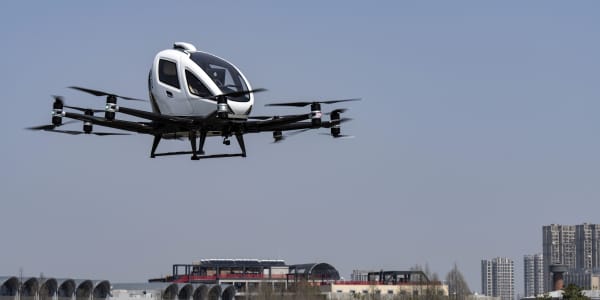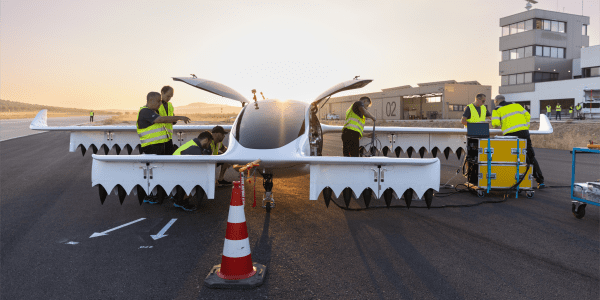
Drivers still need to be convinced to let go of the steering wheel and be taken to their destination, driver surveys say -- in spite of the fact that driverless technology is already in some cars.
"I would say that most of what is going to come into these driverless cars is already there in present-day cars, for example night vision or lane departure warning [systems]," Prana Natarajan, team leader for Chassis & Safety at Frost & Sullivan.
"We've been seeing these kind of systems for quite some time now -- lane keeping assistance has been around since 2004. Taking it to the next level is what most automakers are trying to do here."
Cars like the BMW X5 and the Mercedes Benz E-Class due out in 2014 will have basic features like traffic-jam assistance, which manoeuvers the car thought the congestion before prompting the driver to take over, Natarajan said, while pedestrian and animal detection were already on some existing models from Volvo and BMW.

While the technology for , consumers nonetheless remain uncertain.
Almost 50 percent of drivers surveyed by Accenture in 2011 saying they would feel uncomfortable in a driverless car while a Cisco survey in 2013 found that 57 percent of drivers globally would trust a driverless car, showing that with time consumers could become more used to the idea of giving up driving control to a computer.
Interestingly, 95 percent of Brazilian drivers would be happy in a driverless car, 70 percent in China and 60 and 40 percent in the U.S. and U.K respectively, according to Cisco's Customer Experience Report.
"These kinds of automated system will become more relevant and pertinent [but] driverless cars will have to have more eyes and more brains than you do as an average driver," Natarajan said.
In terms of cost, he said a traffic jam assistance system as part of a semi-automated vehicle would cost £5,000 extra if you were buying a car in the U.K. in 2014.
"But when you transfer from semi-automated to full automated it's going to hit £10,000 or even £20,000 – it could completely depend on the volumes we're talking about."
BMW has been testing driverless systems since 2005 and says its BMW i3 model will autonomously steer, accelerate and brake in traffic jams. It is currently testing a driverless car prototype that can not only negotiate congestion but can handle motorways. It has 12 sensors, lasers, ultrasonic and a host of cameras that provide 260 degrees of constant surveillance relaying the information to in-car controlling computers.
The prototype also uses a differential GPS system that pinpoints the car's location to within centimeters, relaying information to and from base centers throughout Germany.
"The computer is constantly observing everything that is happening, making a lot of calculations and can react a lot quicker to a car braking in front than a person would be able to," Michael Aeberhard from BMW Group Research and Technology, told CNBC's new series "The Edge" which looks at long-term investment opportunities.
"It will also be able to increase efficiency- when a car is fully automated it also has a lot more information about its use of gas," he added. BMW has a projected target of 2020 for commercially available driverless cars to be on the market.
According to a survey carried out in April 2013 by Pulse Opinion Research on behalf of the Alliance of Automobile Manufacturers, 59 percent of people polled expect fewer accidents as a result of driverless cars. As yet, however, no country has legally sanctioned the use of 100 percent driverless cars and guaranteeing the technology can never fail is also a sticking point for the certification of automated vehicles.
- By CNBC's Holly Ellyatt, follow her on Twitter @HollyEllyatt






